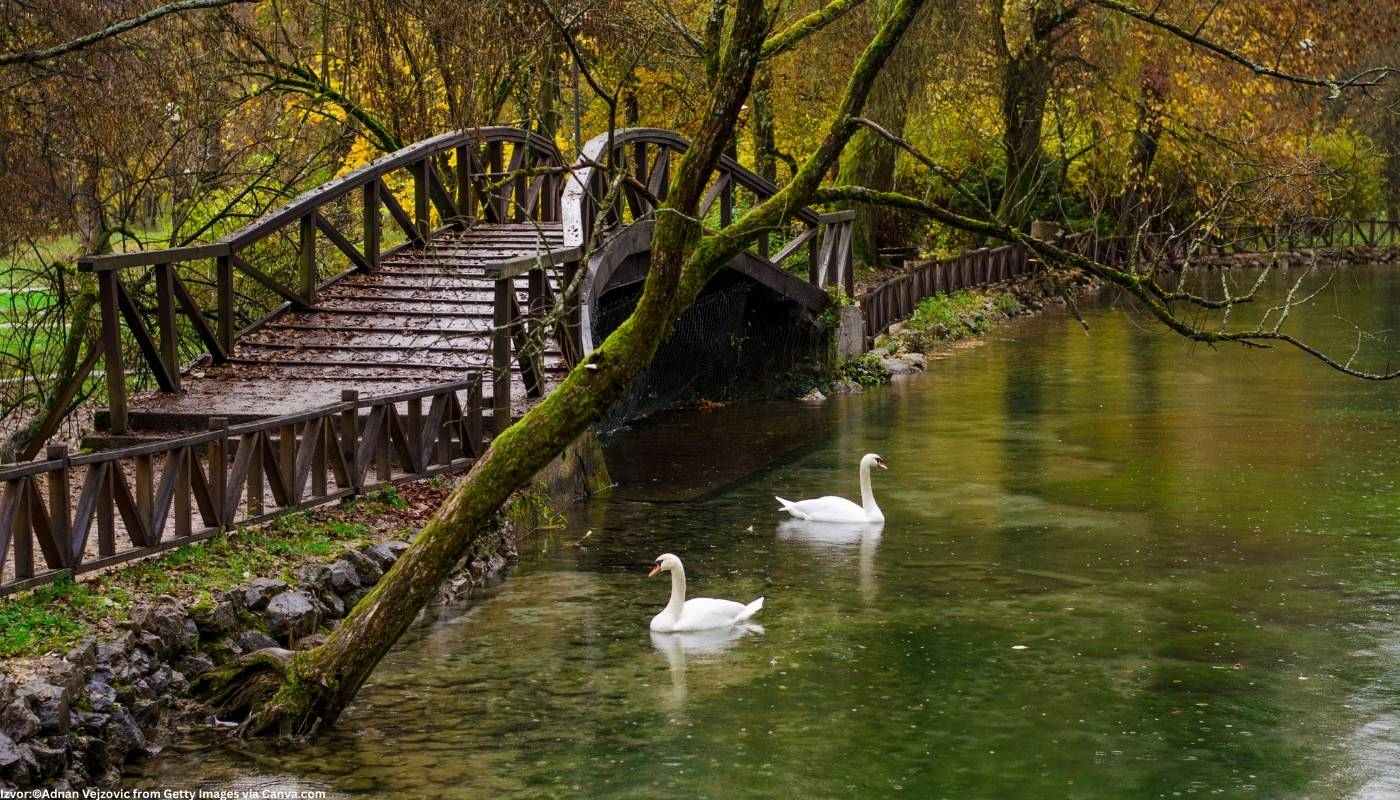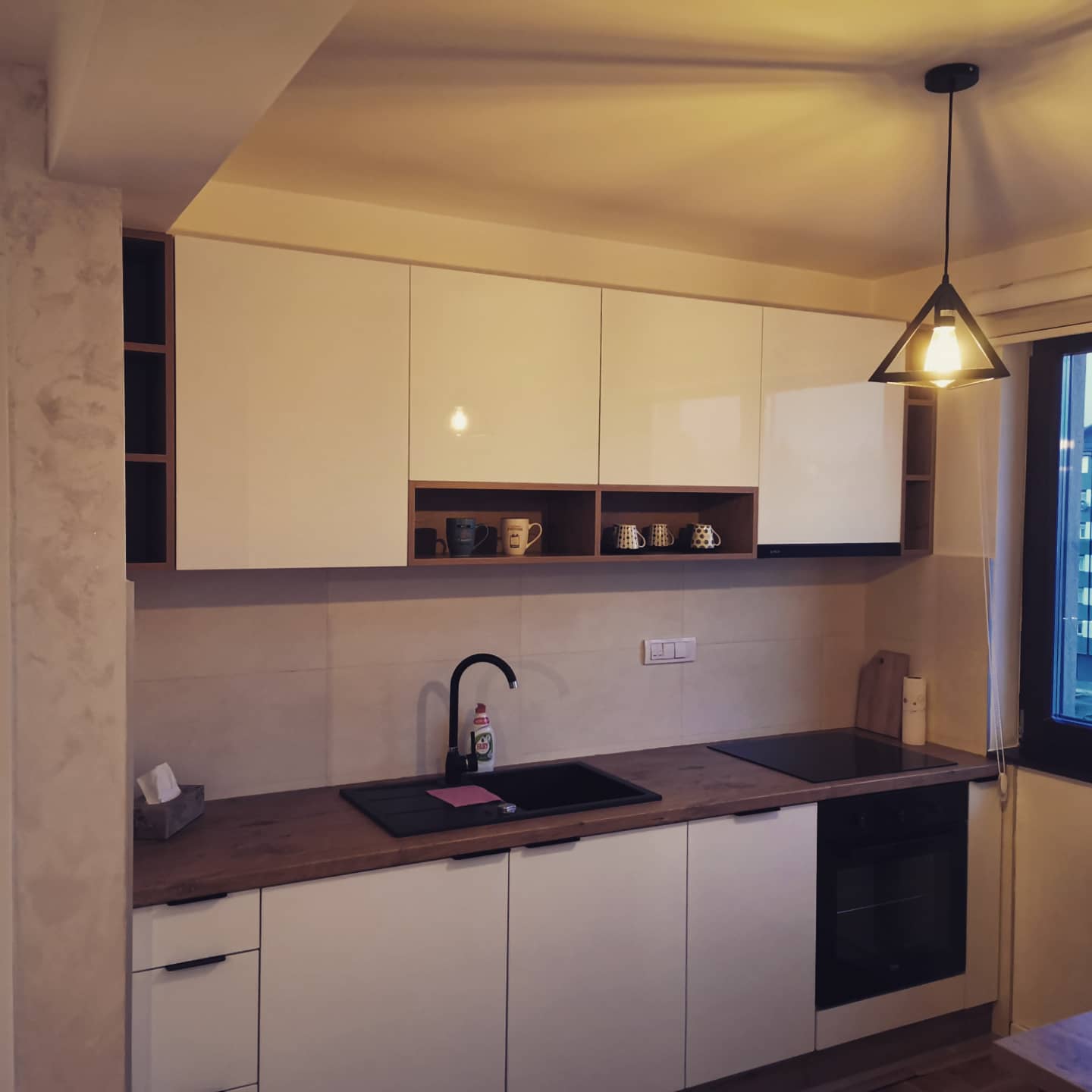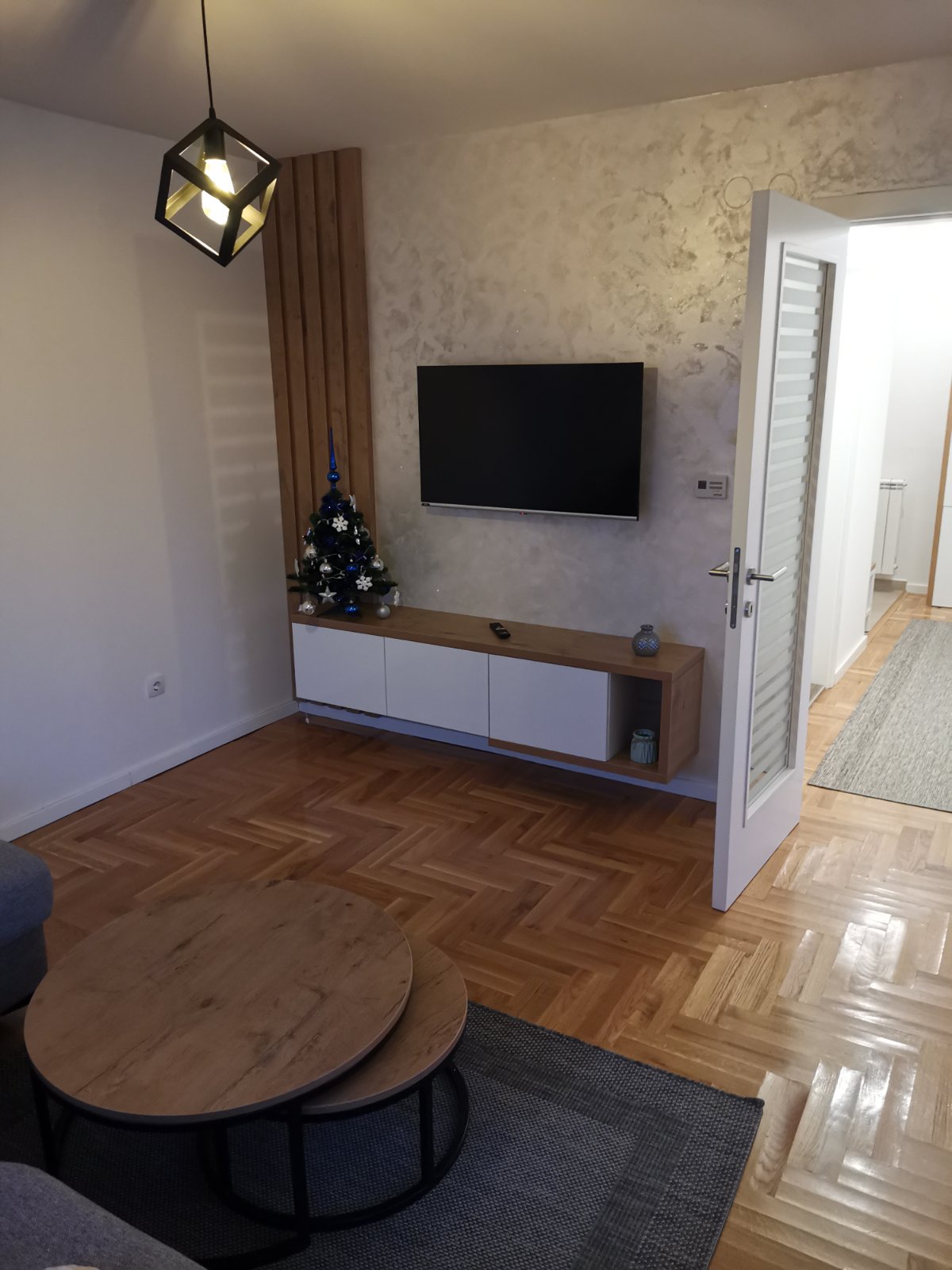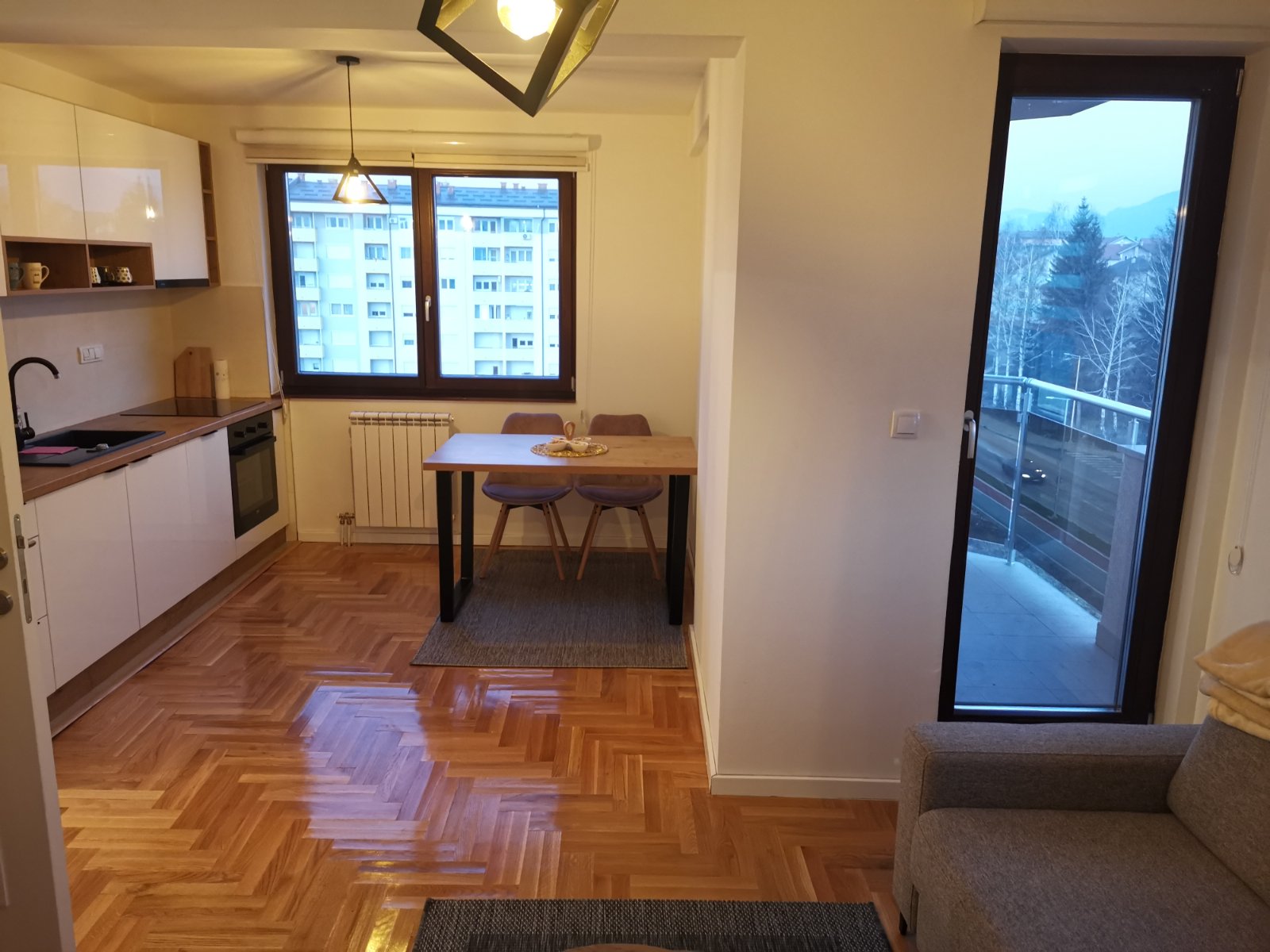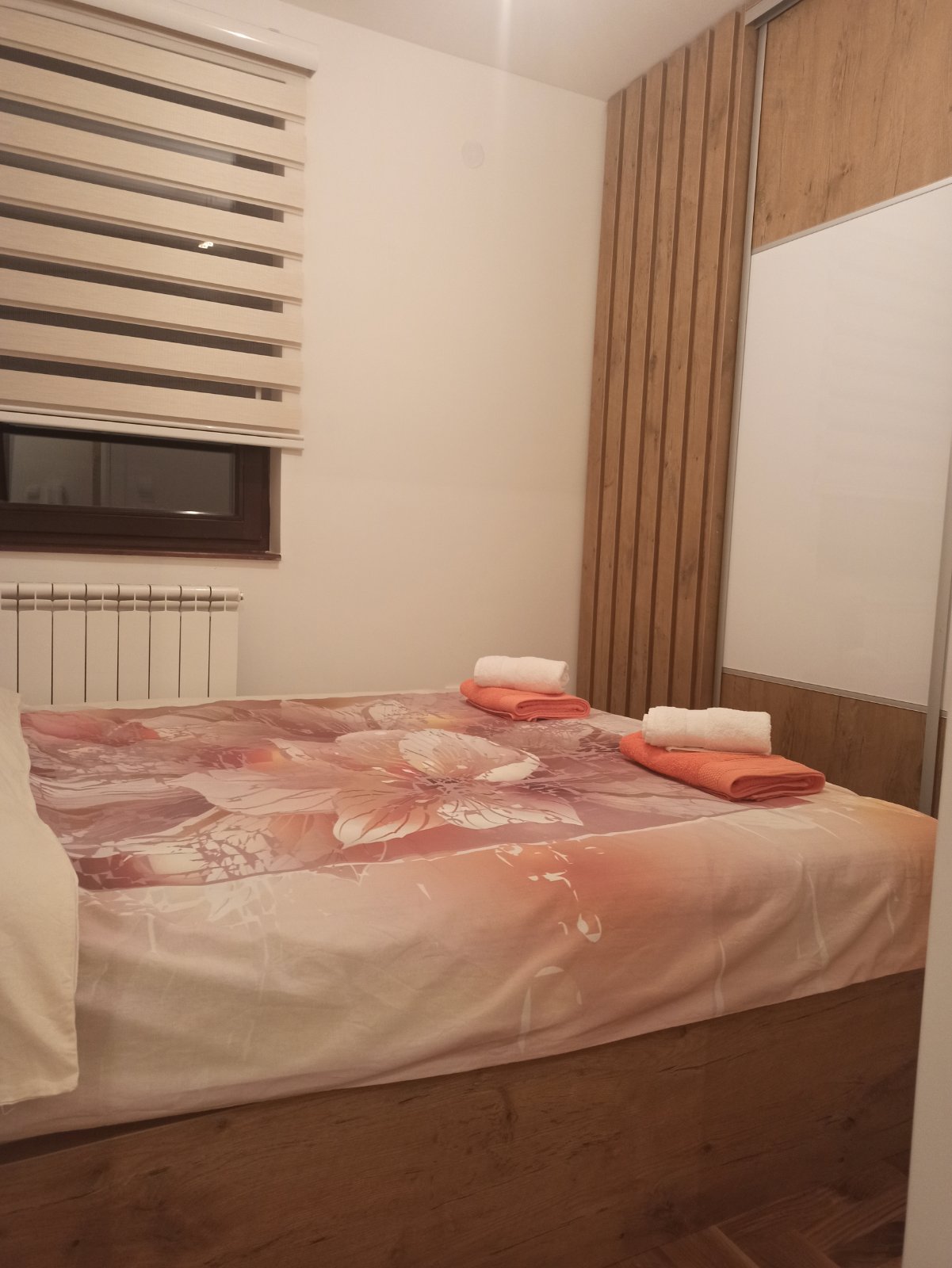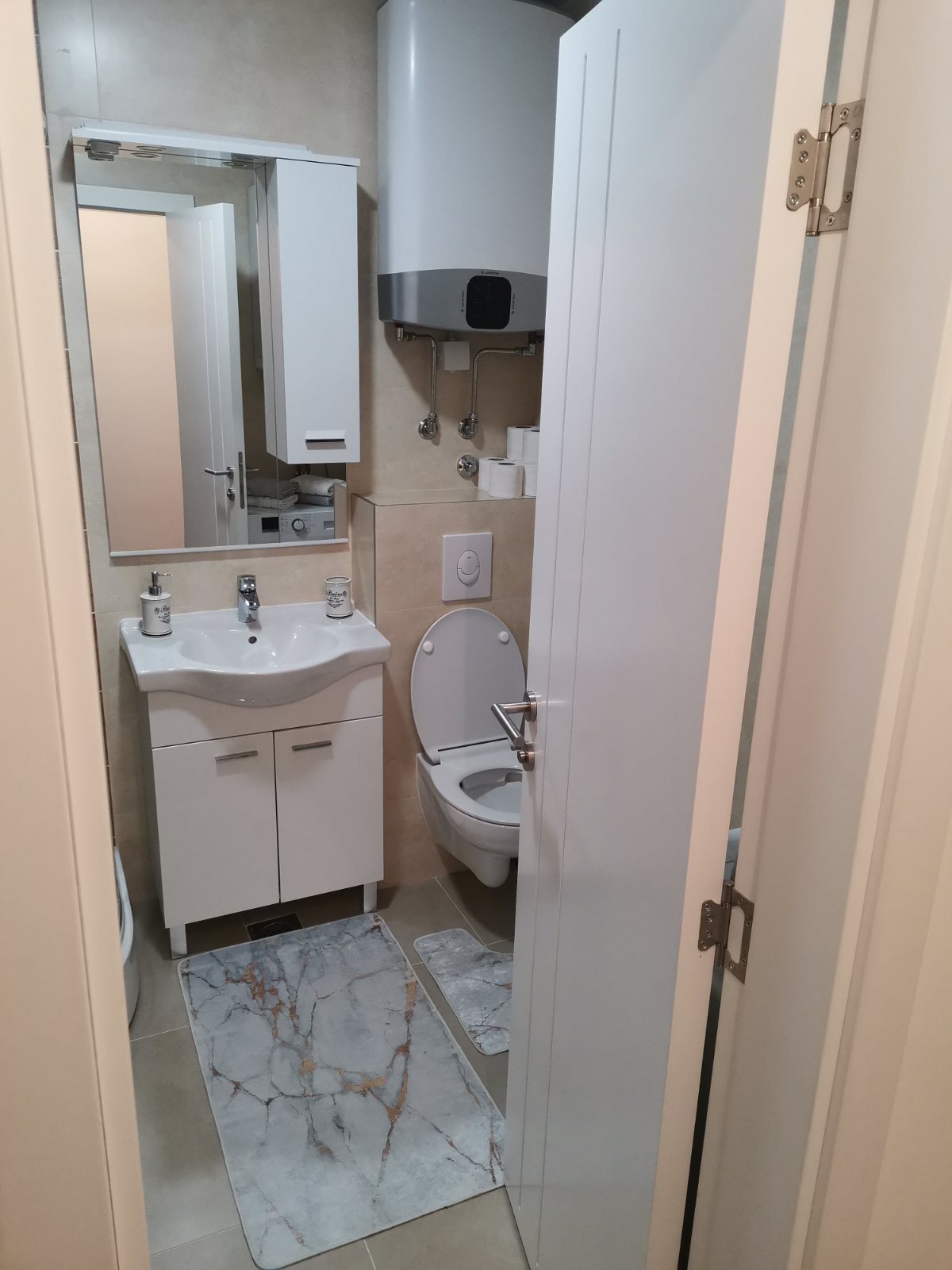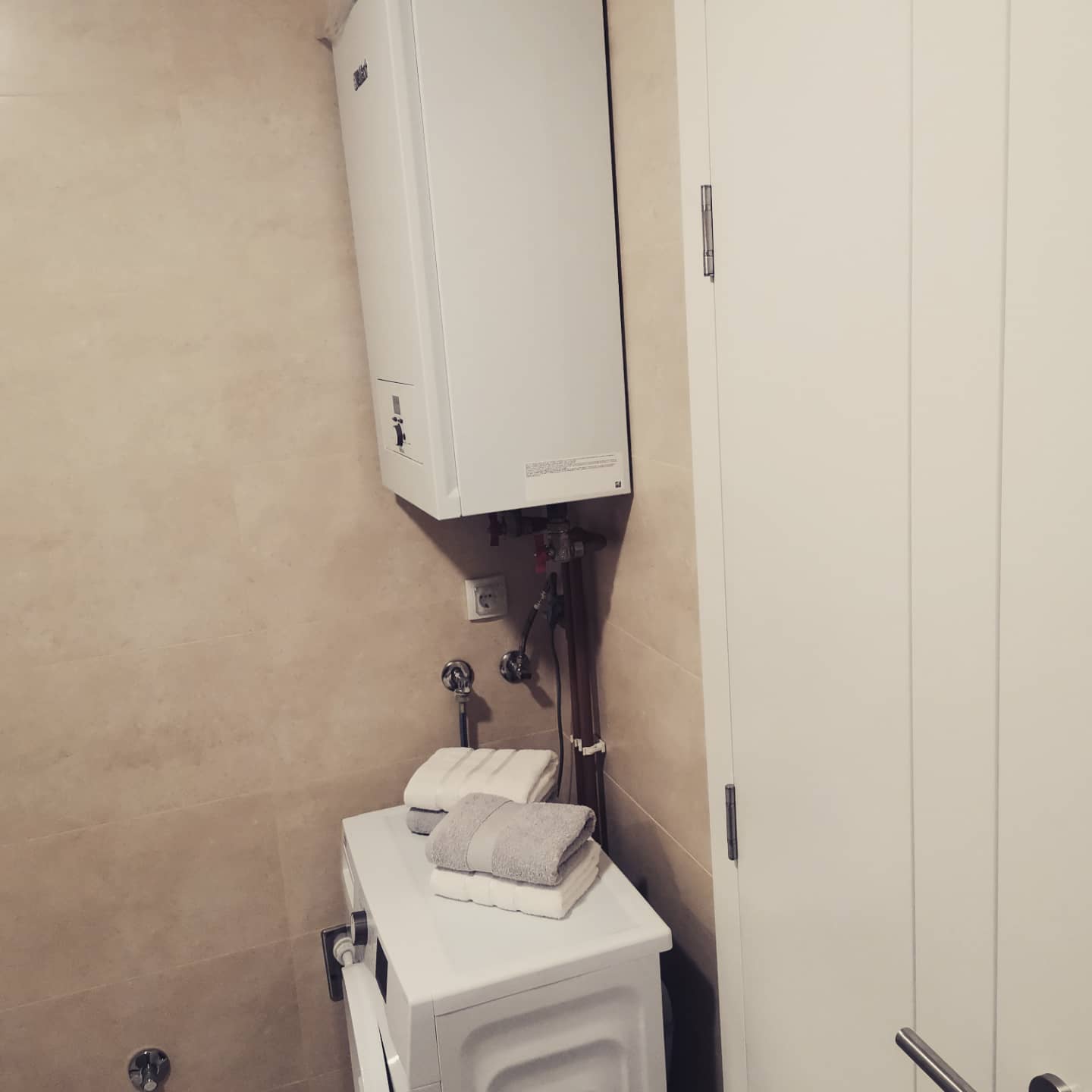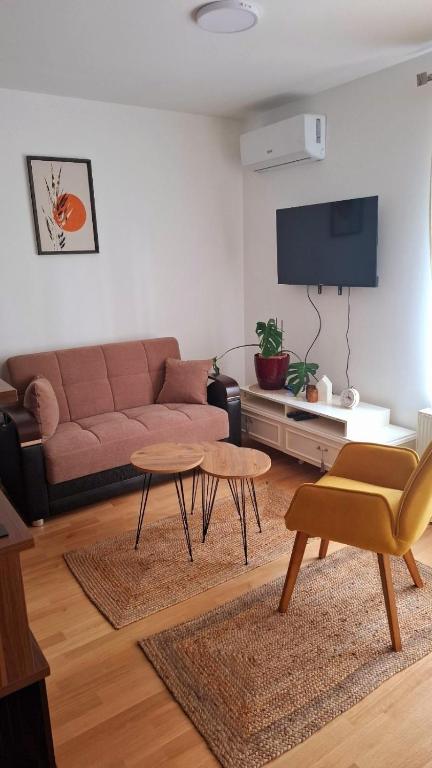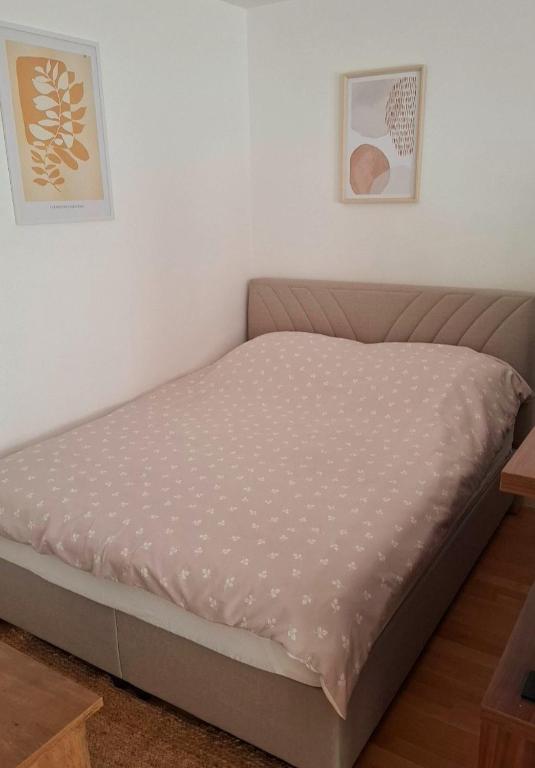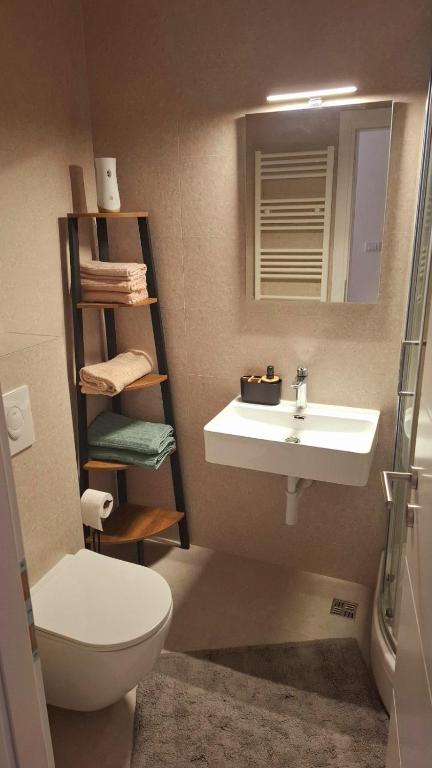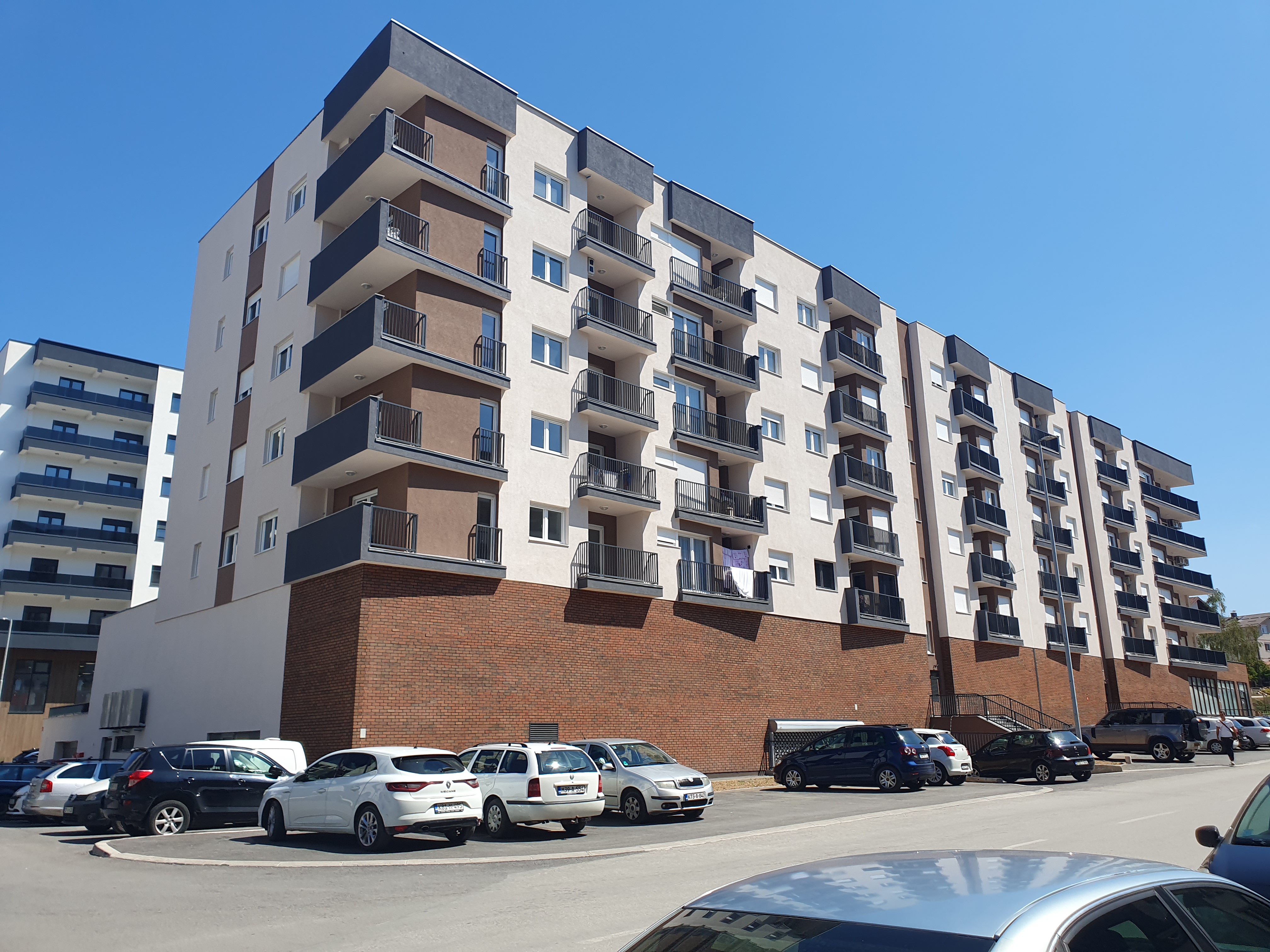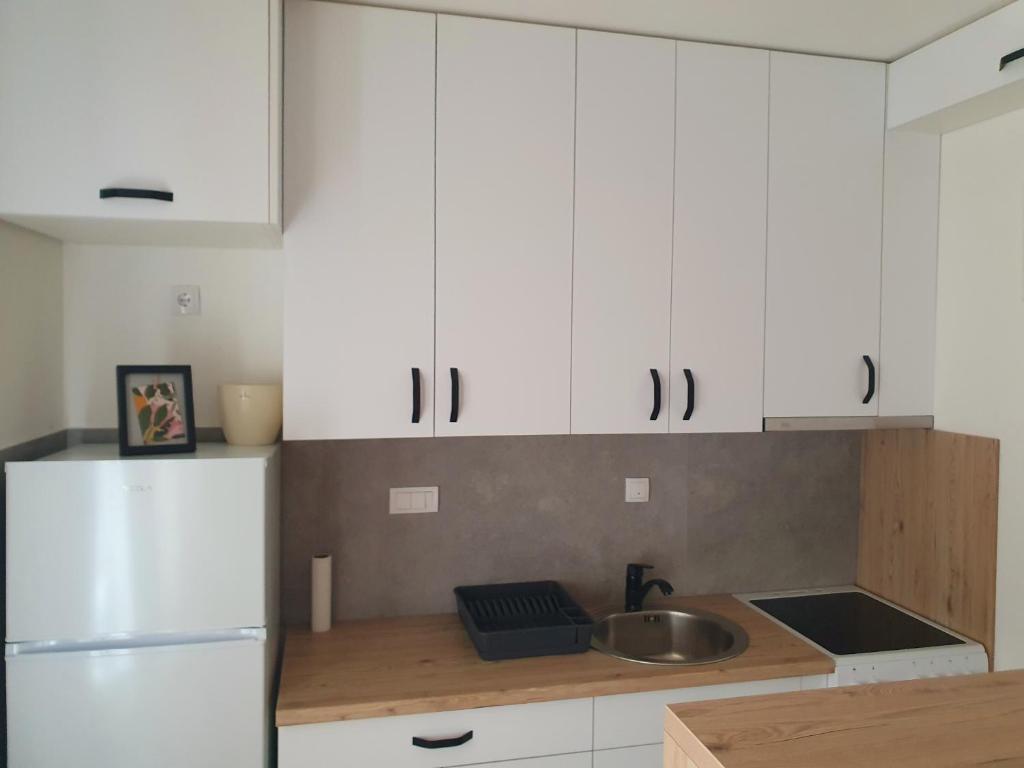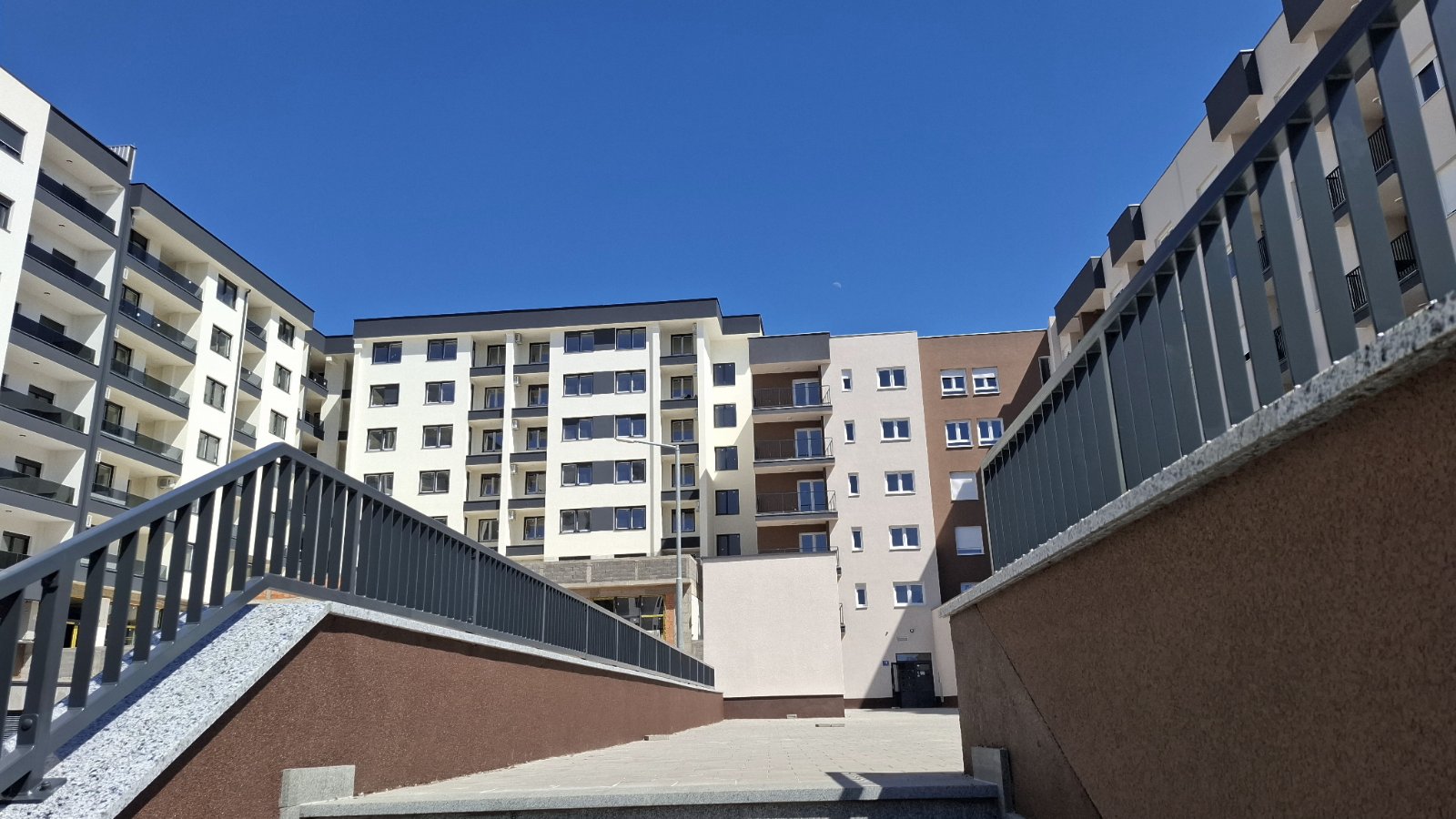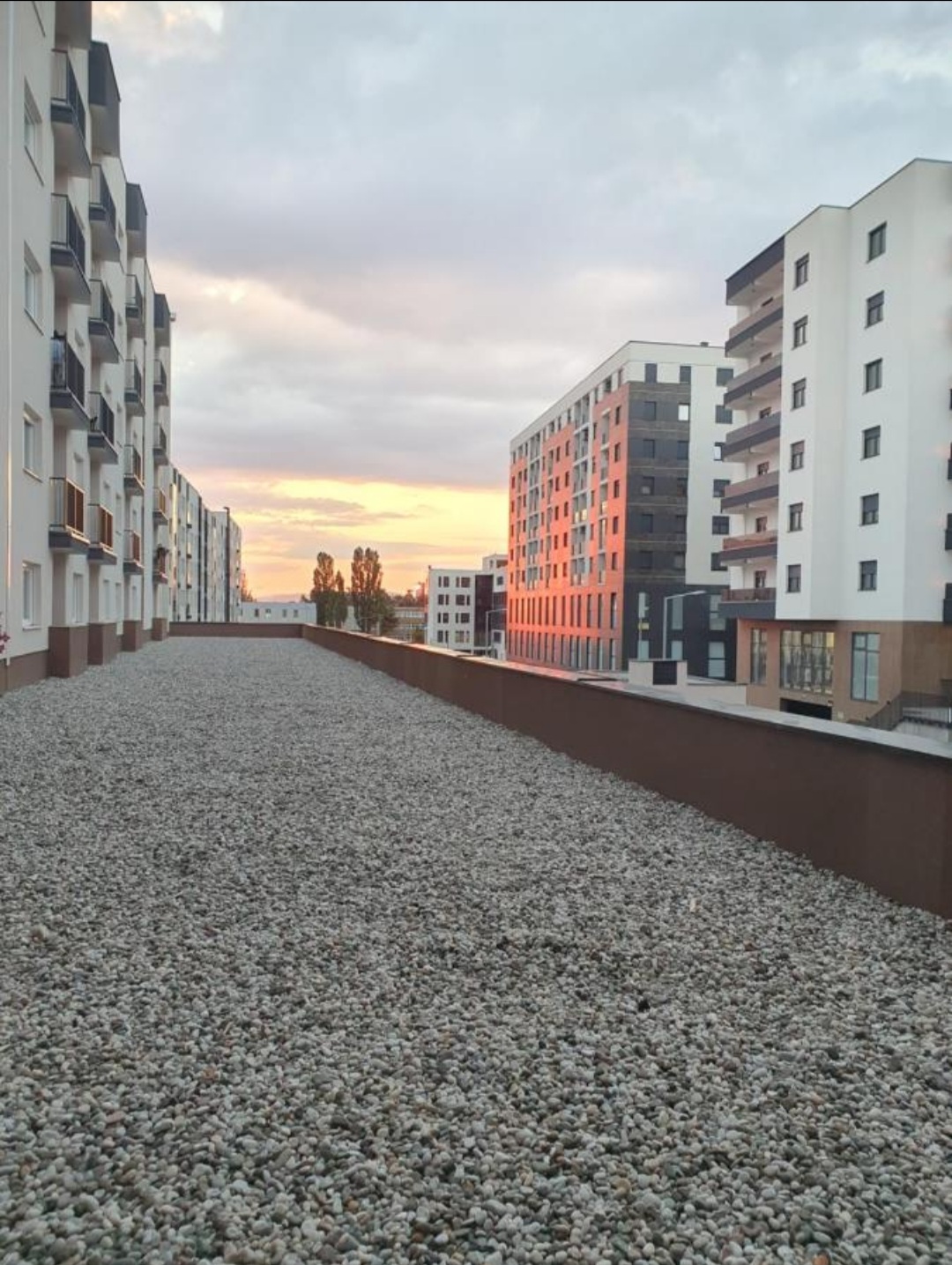Romanija
Share this attraction
Back

Romanija
Sarajevo
Romanija - Most important information
Romanija is a mountain in Bosnia and Herzegovina and a region in the eastern part of Republika Srpska. It includes the towns of Pale, Sokolac, Han Pijesak, and Rogatica. The area of Romanija is characterized by incredible natural beauty, and today it is highly visited by many tourists from all over Europe.
History of Romanija
The name Romanija comes from addressing the Romans, and today it is considered Romanija means the land of the Romans. It is believed that the name originated in the 7th century when Slavs and Avars began to inhabit these areas.
- Romanija is considered the cradle of hajducija: Throughout history, Romanija stood out the most for the presence of numerous hajduk who sought refuge here. The most famous bandits from Romanija are Starina Novak, Deli Radivoje, and Grujica. Until the end of the 19th century, hajducija was highly active in these areas.
- Romanija was the center of resistance to the fascist government during the Second World War: Partisan resistance to the Ustasha-German forces was best reflected in the territory of Romanija. Here, the famous partisan song Ide Tito preko Romanije was written, which is dedicated to the determined fight against the occupiers.
What to see and do in Romania?
Thanks to the rich history and exceptional natural features that adorn Romanija, more and more tourists admire its beauty daily. In Romanija, visiting caves, rivers, meadows, nature parks, and many other attractive places is possible.
- The Via Ferrata Sokolov road project on Crvene Stijene is known throughout Bosnia and Herzegovina: This project, financed by the European Union, has become a natural attraction in Romanija in a short time. The starting point to Crvena Stijene is at the very foot of the hill, and it takes about an hour and a half to climb to the top. Although professional mountaineers mostly use this tour, more and more recreational people want to discover the most beautiful parts of Romanija.
- A walk along the Via Hajducija path leaves a memorable impression on visitors: A walk along this path is a real opportunity for visitors to learn more about the historical facts of this area. Namely, tourists will have the chance to walk in the bands of bandits, i.e., on the paths they used to walk. On the track, there are also accompanying facilities such as benches and tables, which are there for rest and excursions.
- The source of the Emperor's Water used to lead to Constantinople: Under the Romanian rocks, there used to be the Emperor's Road, which in the Middle Ages led from Sarajevo to the Drina and further all the way to Constantinople. A spring named Careve vode was built on that road, which was often unsafe for the Turks since bandits were waiting for them at every corner.
How to get to Romanija?
Romanija is located in the eastern part of Republika Srpska, and the larger cities located near it are Sarajevo, Mostar and Zenica. It is about 280 km from Belgrade, while it is about 480 km from the capital of Croatia. It is possible to reach it by car.
- By car: If you are coming from Mostar, you must follow the E73 to the town of Tarcin, from where you continue on the A1 road to Sarajevo. Sarajevo is a little more than half an hour's drive away, and you must follow route E761 to Romanija. Suppose you are traveling from the capital of Serbia. In that case, you need to follow the Miloš Veliki highway from Belgrade until the exit for Lajkovac, from where you need to go to Valjevo and then to Bratunac. At the border crossing of Ljubovija, you cross into the territory of Bosnia and Herzegovina, from where you will need another 2 hours of driving to Romanija via Han Pijeska and Sokolac.
Location
Learn more about this destination
Discover the beauty of the destination through blogs that highlight the most famous landmarks, hidden gems, and provide travel tips for visiting this destination. Embark on an adventure through the stories of experienced travelers.









